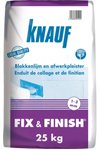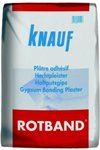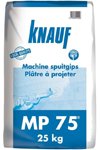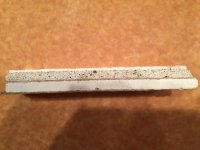AlexThePalex
Member
- Joined
- Nov 12, 2008
- Messages
- 7,808
I have a question about using plaster and the recommended thickness of the layer you have to apply.
I have to plaster almost half of the walls in my house, because those walls are covered with ugly drywall with wallpaper over it, and I want to make it all straight white walls with plaster and then paint it.
But I am a bit baffled by the number of options of available plasters and their different applications. I find they have different thickness recommendations, for instance:
Knauf - Fix & Finish: thickness 1 - 3 mm
[attachimg=1]
Knauf - Rotband: thickness 5 - 30 mm
[attachimg=2]
Knauf - MP75: thickness 10 mm and up
[attachimg=3]
Now, I was wondering why exactly they have a minimum thickness. I mostly need to do thin layers of 1 to 5 mm, but the Fix & Finish plaster most suited for that is almost double the cost of MP75. Over an entire house this will add up, so I was wondering what would happen if I used the MP75 instead.
I have to plaster almost half of the walls in my house, because those walls are covered with ugly drywall with wallpaper over it, and I want to make it all straight white walls with plaster and then paint it.
But I am a bit baffled by the number of options of available plasters and their different applications. I find they have different thickness recommendations, for instance:
Knauf - Fix & Finish: thickness 1 - 3 mm
[attachimg=1]
Knauf - Rotband: thickness 5 - 30 mm
[attachimg=2]
Knauf - MP75: thickness 10 mm and up
[attachimg=3]
Now, I was wondering why exactly they have a minimum thickness. I mostly need to do thin layers of 1 to 5 mm, but the Fix & Finish plaster most suited for that is almost double the cost of MP75. Over an entire house this will add up, so I was wondering what would happen if I used the MP75 instead.




